Cost increase, worry about slow orders
Speaking to VietNamNet reporter, Deputy Director of Dong Mai Industrial Park (Quang Yen Town, Quang Ninh), Mr. Nguyen Manh Cuong said that in recent days, the rotating power outages in the area have affected 10 enterprises operating in the industrial park.
Most of the enterprises in Dong Mai Industrial Park produce electronic components, often using high-capacity machines, so the demand for electricity is quite high. The power outage causes the production process to be interrupted, disrupted and must operate according to the local power generation schedule.
According to Mr. Cuong, although the power outage schedule is announced in advance, businesses still have to run large generators for many hours. This causes businesses to increase fuel and generator maintenance costs.
In addition, businesses must require workers to work on days off due to power outages. Due to the nature of shift work, workers must be paid extra, which is also a large expense for businesses.

"Currently, businesses are responding passively by cutting half of the air conditioners in the office block, focusing on providing air conditioning for the workshops where workers work because if their hands sweat, they cannot produce electronic components. All air conditioners are set to a minimum temperature of 28 degrees to avoid voltage drop, affecting the production line," Mr. Cuong shared.
For example, Yazaki Co., Ltd., Quang Ninh branch is the largest enterprise in Dong Mai Industrial Park with more than 4,000 workers producing electronic components. In the summer, this company has to pay more than 1.1 billion VND for electricity for production each month. Power outages greatly affect output, order delivery time and incur many other additional costs.
Not only Quang Ninh, power outages at factories and industrial parks are taking place widely in the North. The announcement of Bac Ninh Electricity shows that many areas will lose power with a total of more than 240MW, including many industrial parks in this province experiencing power outages from 8am on June 5 to 8am on June 6. Those are Que Vo and Que Vo extended industrial parks, Tien Son industrial park.
Some industrial parks and factories had their power cut from 8am on June 5 to 5am on June 6, including Dai Dong Hoan Son Industrial Park, Tan Hong Industrial Park, Yen Phong Industrial Park, Canon Tien Son, and Goerteck.
Sharing with PV. VietNamNet on the afternoon of June 6, a representative of LC Holdings Company in Que Vo Industrial Park Expansion (Bac Ninh) - a steel structure manufacturing company said that in the first week of June, there were two power outages (both announced in advance) from 8am to 5pm. Each time, the company gave workers time off.
"Because the machines are all high-capacity, we cannot use generators. Generators only serve lighting equipment. The company also does not work at night, but waits until the next day when there is electricity to continue working. Not only our company but many other businesses in the industrial park are worried because of the upcoming delivery deadline," he said.
Day priority for production, night priority for living
The continuous power shortage also forced the leaders of Bac Giang province yesterday (June 5) to chair an online meeting with districts, cities and more than 300 businesses in the province. Chairman Le Anh Duong said that the province has worked with the Ministry of Industry and Trade, Vietnam Electricity Group (EVN), and the Northern Power Corporation on power supply.
Accordingly, Bac Giang is the area that EVN prioritizes for electricity supply because it is the industrial production center of the country. However, it is forecasted that electricity supply will still be difficult and will not be completed in the next few weeks.
Besides calling for electricity saving, the solution proposed by the locality is that during the day, the province prioritizes electricity for production, and at night, prioritizes electricity for people's daily life.
Accordingly, enterprises start production from 7:45 a.m. to 5 p.m. During that time, enterprises are provided with continuous electricity all day long. Enterprises in industrial parks and clusters with urgent orders must register with the Industrial Park Management Board and the electricity industry and only produce from 0 a.m. to 5 a.m.
Enterprises outside industrial parks and clusters that share the same residential power line will be specifically surveyed and resolved for each enterprise according to its appropriate capabilities.
This power supply plan will be temporarily applied for 20 days, then it will continue to be adjusted depending on the situation.
"Power outage is unavoidable"
An energy expert said: Cutting off power to a manufacturing plant is unavoidable in the context of a power shortage. If you cut off power to a factory, you can help an entire residential area avoid power outages.
If the power outage is planned, the local power company can send out a notice in advance. If it is a sudden incident, when the Power System Control Center orders a reduction in capacity, it cannot notify in time. In these emergency cases, if the power is not cut off immediately, it will cause the grid to collapse, causing widespread power outages.

“For example, today the dispatching authority allocates 9,000 MW to the North, but if suddenly a few hydropower plants announce that they run out of water and cannot generate electricity, they will only be able to meet 7,000 MW, so the North will be required to reduce 2,000 MW. At that time, the dispatching authority will have to come up with a reduction plan for each province, so it will not be able to notify in time,” said this expert.
In addition, according to this expert, renewable energy has developed strongly in recent times but mainly in the Central and Southern regions, while difficulties in power supply at certain times occur in the North.
At the same time, due to technical limitations to ensure safe operation of the 500 kV North-South power transmission lines, additional power sources in the Central and Southern regions cannot support the North.
This has led to a very serious and long-predicted power outage in the North.
Discussing this issue, a representative of the Northern Power Corporation (NPC) said that in addition to the first solution of saving electricity, it is necessary to use a solution of load adjustment.
Accordingly, on days when the sun is at its hottest, factories switch to night production. Since the end of April, this solution has been implemented and solved some problems.
However, up to now, hydroelectric reservoirs are still running out of water, so provincial power companies have had to cut off power in some areas based on the dispatch of the Power System Control Center, including factories and industrial parks.
“The power outage schedule depends on how much output the Control Center provides to NPC, then the Northern Power Company will allocate it to the provincial power companies. Based on that, the provincial power companies will schedule load regulation in that province,” said the NPC representative.
According to information from the Vietnam Electricity Group, as of June 3, most of the large hydropower reservoirs in the North have reached the dead water level, including the large reservoirs: Lai Chau, Son La, Tuyen Quang, Ban Chat, Hua Na, Thac Ba. In particular, Lai Chau and Son La hydropower plants have had to operate at minimum levels below the dead water level, posing many potential risks in operation. The total unmobilized capacity of hydropower plants in the North is about 5,000 MW.
In the context of severe water shortages in hydroelectric reservoirs, some coal-fired thermal power plants in the system have also experienced reduced capacity or breakdowns due to continuous high-speed operation in prolonged hot weather conditions.
Specifically, as of June 5, the total capacity of the units was reduced by about 926 MW. Notably, the total capacity of the thermal power units with problems was up to 3,250 MW, making the power supply situation in the North even more difficult.
Source






























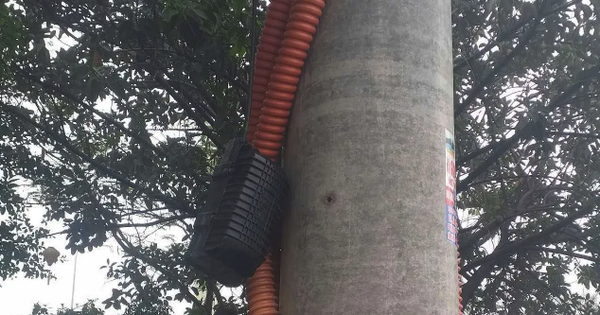







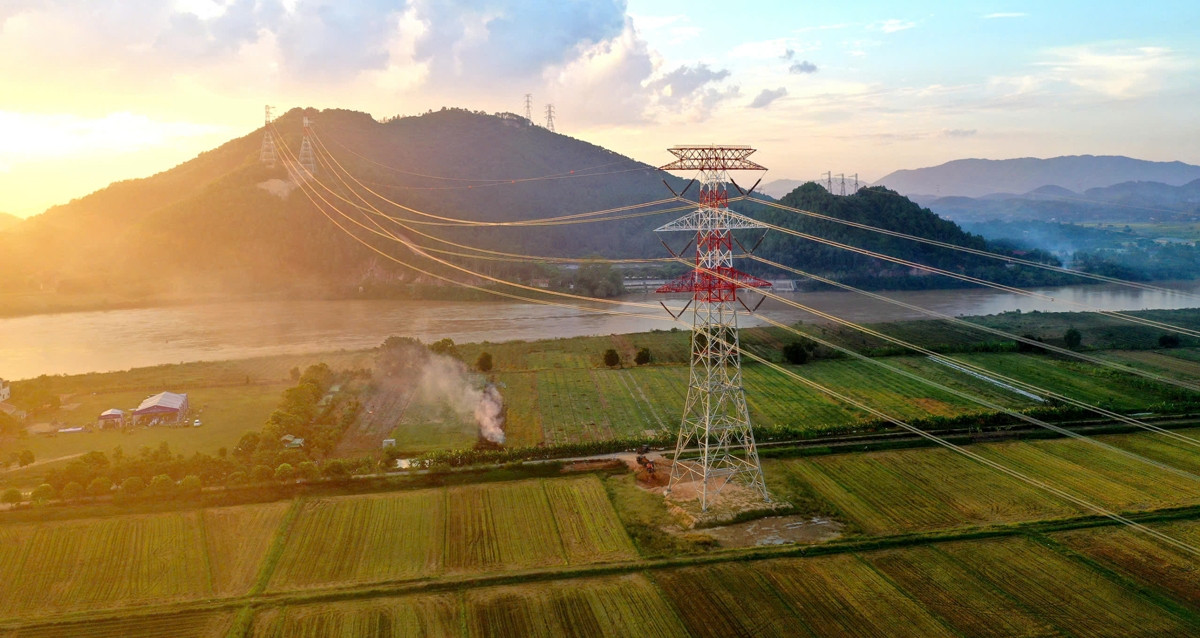
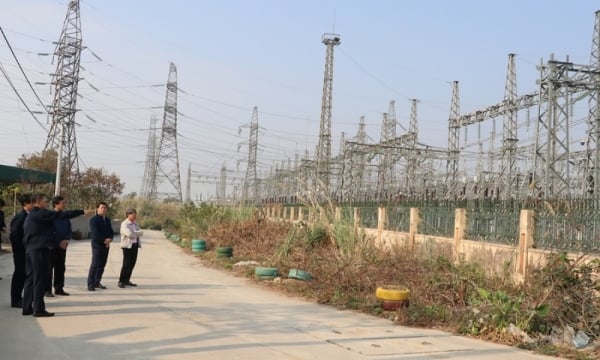


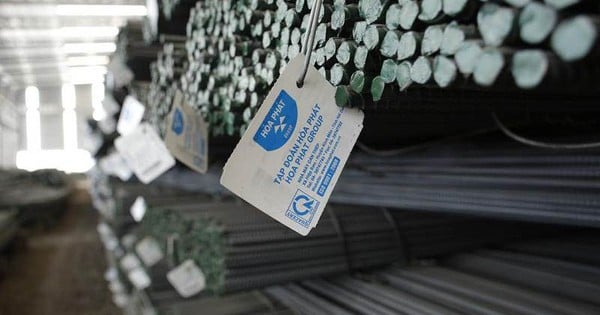




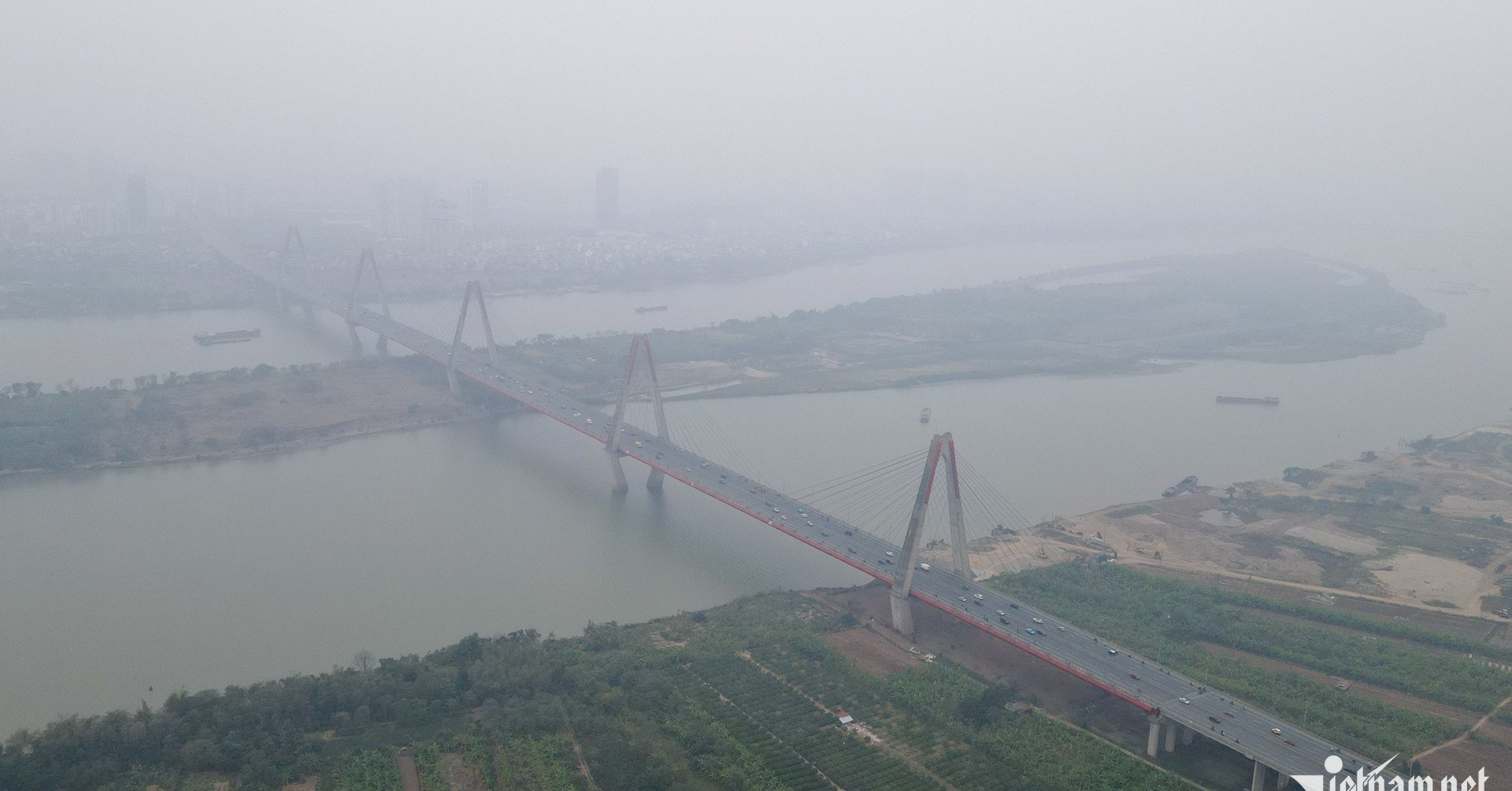
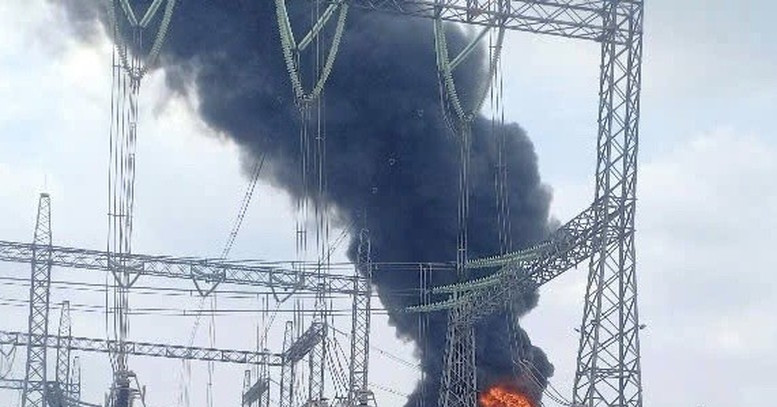

















Comment (0)